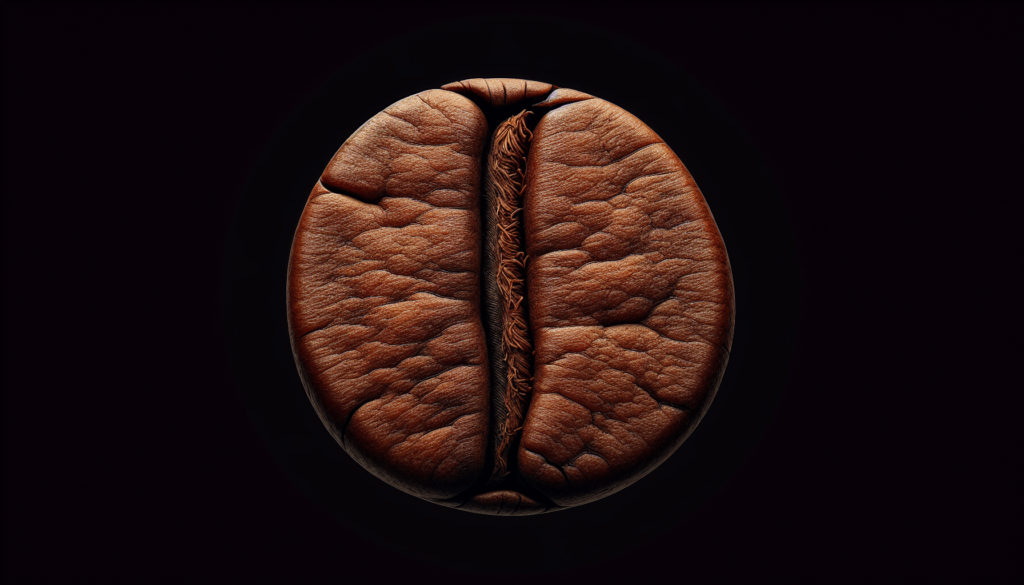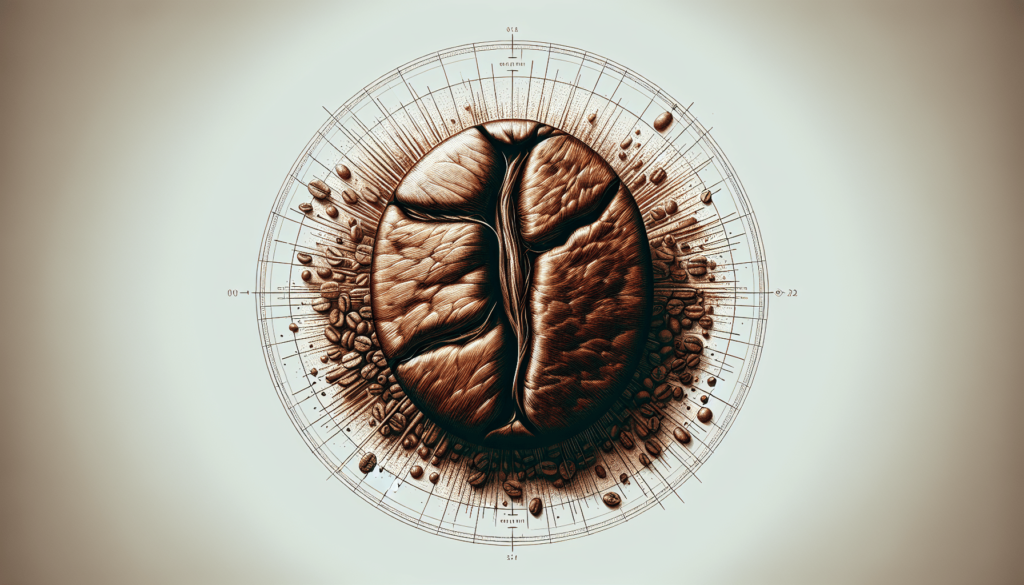Introduction
Are you tired of spending money on subpar espresso shots at cafes and coffee shops? Do you want to make the perfect espresso shot right at home using freshly roasted beans? In this guide, we will walk you through the steps to achieve that rich, flavorful, and aromatic espresso shot you crave. With the right equipment, high-quality beans, and a little bit of practice, you’ll be able to impress yourself and your guests with your barista skills in no time!

Equipment You Will Need
Before we get into the nitty-gritty of making the perfect espresso shot, let’s talk about the essential equipment you’ll need to have on hand. Here’s a list of items you’ll need to get started:
- Espresso Machine: You will need an espresso machine to brew your espresso shot. There are various types of machines available, from manual to automatic, so choose one that fits your budget and brewing preferences.
- Coffee Grinder: A good coffee grinder is essential for grinding your freshly roasted beans to the perfect consistency for espresso.
- Freshly Roasted Coffee Beans: The key to a perfect espresso shot is high-quality, freshly roasted coffee beans. Make sure to choose beans that are no more than two weeks old for the best flavor.
- Tamper: A tamper is used to evenly pack the coffee grounds into the portafilter, ensuring a smooth and even extraction.
- Gram Scale: To achieve consistency in your espresso shots, you’ll need a gram scale to measure the exact amount of coffee grounds and water used.
- Shot Glasses: Shot glasses are used to measure the volume of your espresso shot, allowing you to adjust the brewing parameters as needed.
Selecting The Right Beans
The foundation of a perfect espresso shot is high-quality, freshly roasted coffee beans. When choosing beans for your espresso, keep the following tips in mind:
- Bean Origin: Different coffee beans have unique flavor profiles based on where they were grown. Experiment with beans from various regions to find the flavor profile you enjoy the most.
- Roast Level: For espresso, it’s best to choose medium to dark roasted beans. These roasts bring out the rich, bold flavors that are characteristic of a good espresso shot.
- Freshness: Look for beans that are freshly roasted, ideally within the past two weeks. Freshly roasted beans retain their flavors better and produce a more aromatic shot of espresso.
Grinding Your Beans
Once you’ve selected the perfect beans, it’s time to grind them to the right consistency for espresso. Here are some tips for grinding your beans:
- Fine Grind: Espresso requires a fine grind that is slightly coarser than powdered sugar. This consistency ensures that the water extracts the flavors from the beans properly.
- Grind Fresh: To preserve the freshness and flavors of your beans, grind them just before brewing your espresso shot.
- Uniform Grind: Make sure to grind your beans uniformly to ensure an even extraction. This will help prevent over-extraction or under-extraction, resulting in a balanced espresso shot.
Pulling The Perfect Shot
Now that you have your equipment ready, beans selected, and beans ground, it’s time to pull the perfect espresso shot. Here’s a step-by-step guide to help you achieve that flawless shot:
- Preheat Your Espresso Machine: Before brewing your shot, make sure to preheat your espresso machine to ensure a consistent brewing temperature.
- Prepare Your Portafilter: Place the portafilter in the espresso machine and add the freshly ground coffee. Use a tamper to evenly pack the coffee grounds to create a level surface.
- Brew Your Espresso: Start the brewing process and monitor the shot as it pours into the shot glass. A perfect espresso shot should take around 25-30 seconds to brew and produce a rich, velvety crema on top.
- Adjust If Necessary: If your shot pours too quickly or too slowly, adjust the grind size and brewing time accordingly. Experiment with different variables until you achieve the perfect shot.

Frothing Milk For Lattes and Cappuccinos
If you’re a fan of lattes or cappuccinos, mastering the art of frothing milk is essential. Here’s how to froth milk like a pro:
- Cold Milk: Start with cold milk for the best frothing results. Whole milk produces a creamy froth, while skim milk creates a lighter froth.
- Steam Wand Technique: Position the steam wand just below the surface of the milk and turn on the steam. Keep the wand in place until the milk reaches the desired temperature.
- Texture And Temperature: For a latte, aim for a velvety, microfoam texture. For a cappuccino, create a dense, creamy foam. The ideal milk temperature for both drinks is around 140-150°F.
Troubleshooting Your Espresso Shots
Even with the best equipment and freshly roasted beans, sometimes things can go wrong when brewing espresso. Here are some common issues and how to troubleshoot them:
- Bitter Espresso: If your espresso shot tastes bitter, it may be over-extracted. Try adjusting the grind size to make the coffee coarser.
- Sour Espresso: A sour espresso shot is a sign of under-extraction. Make the grind size finer or increase the brewing time to extract more flavors.
- Weak Espresso: If your shot is weak or watery, it could be under-extracted. Adjust the grind size to be finer or increase the brewing time to extract more flavors.
- Channeling: Channeling occurs when water bypasses the coffee grounds, resulting in an uneven extraction. Ensure that the coffee grounds are evenly distributed and tamped correctly.
Cleaning And Maintenance
Proper maintenance of your espresso machine is crucial for ensuring longevity and consistent performance. Here are some tips for cleaning and maintaining your machine:
- Daily Cleaning: After each use, wipe down the steam wand, portafilter, and group head with a damp cloth to remove any coffee residue.
- Backflushing: Use a backflushing detergent to clean the internal components of your espresso machine regularly. This helps remove built-up oils and residue that can affect the flavor of your espresso.
- Descale: Every few months, descale your espresso machine to remove mineral buildup from the internal components. Follow the manufacturer’s instructions for the best results.
Conclusion
Congratulations, you’ve made it to the end of our guide on how to make the perfect espresso shot with freshly roasted beans! With the right equipment, high-quality beans, and a little practice, you’ll be brewing delicious espresso shots right at home in no time. Remember to experiment with different variables, such as grind size, brewing time, and bean origin, to find the perfect combination that suits your taste preferences. And most importantly, have fun and enjoy the process of mastering the art of espresso brewing!

